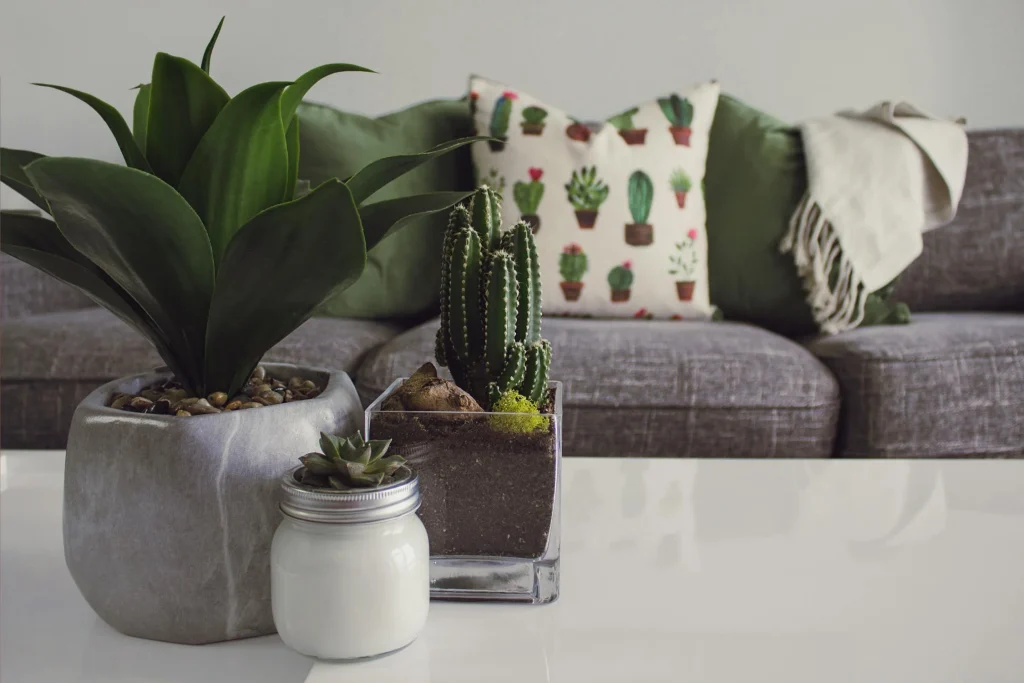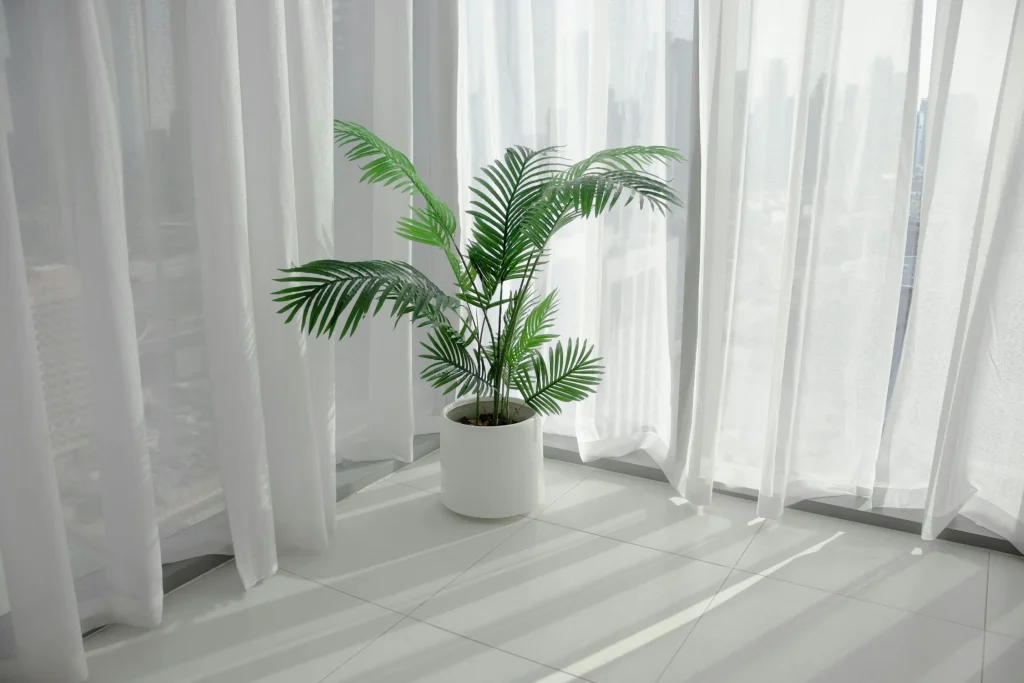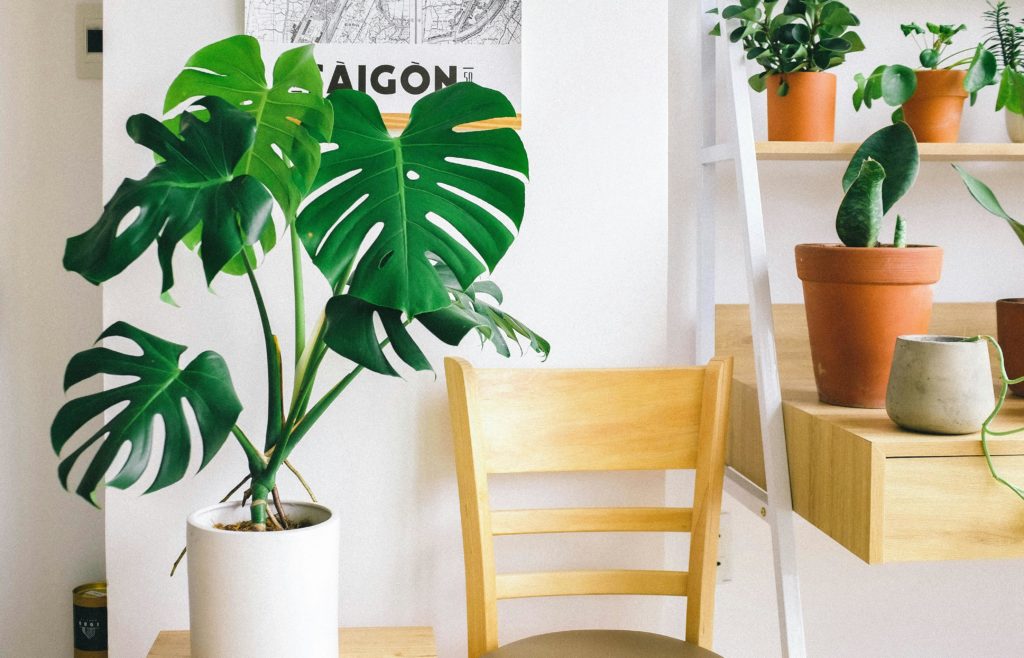Indoor plants are popular for their ability to improve air quality, boost mood, and add a touch of nature to our living spaces. However, for those with allergies or sensitivities, certain indoor plants can trigger symptoms such as sneezing, runny nose, itchy eyes, or even asthma attacks. In this blog post, we’ll explore the relationship between allergies and indoor plants, identify plants to avoid, and recommend allergy-friendly alternatives.

Understanding Plant Allergies
Allergies to indoor plants can be caused by pollen, mold, or other allergens that plants might harbor. Symptoms can range from mild to severe and can significantly impact the quality of life for sensitive individuals. It’s essential to choose indoor plants carefully to create a comfortable and healthy home environment.

Indoor Plants to Avoid If You Have Allergies
- Ficus (Ficus benjamina)
- Why: Ficus plants can release airborne allergens, especially their sap, which contains proteins that can cause allergic reactions in sensitive individuals.
- Bonsai Trees
- Why: Bonsai trees can harbor mold in their soil, which can trigger allergies. Additionally, some bonsai varieties, like juniper and pine, produce pollen.
- Fern (Boston Fern, Asparagus Fern)
- Why: Ferns can release spores that may cause respiratory issues and allergic reactions. They also thrive in moist environments, which can promote mold growth.
- English Ivy (Hedera helix)
- Why: English Ivy can cause skin irritation and respiratory issues due to its sap and the potential for mold growth on the leaves and soil.
- African Violet (Saintpaulia)
- Why: African Violets can develop mold in their soil, which can be a significant allergen for sensitive individuals. Their fuzzy leaves can also trap dust.

Top 3 Allergy-Friendly Indoor Plants
- Spider Plant (Chlorophytum comosum)
- Why: Spider plants are excellent at removing indoor air pollutants and are generally safe for those with allergies. They are low-maintenance and do not produce significant pollen.
- Snake Plant (Sansevieria trifasciata)
- Why: Snake plants are known for their air-purifying qualities and low allergenic potential. They require minimal care and can thrive in various indoor conditions.
- Areca Palm (Dypsis lutescens)
- Why: Areca palms are effective at improving indoor air quality and are less likely to cause allergic reactions. They do not produce significant pollen and can help maintain humidity levels.

Tips for Managing Plant Allergies
- Choose Low-Allergen Plants: Select plants known for their low allergenic potential, such as those listed above.
- Maintain Plant Health: Keep plants clean and free of dust by gently wiping the leaves with a damp cloth. Ensure proper drainage to prevent mold growth in the soil.
- Control Humidity: Use a dehumidifier to keep indoor humidity levels low, reducing the likelihood of mold growth.
- Location Matters: Place plants in well-ventilated areas and avoid keeping them in bedrooms or other spaces where you spend a lot of time.
- Monitor Symptoms: Pay attention to any allergy symptoms that arise after introducing a new plant. If symptoms persist, consider removing the plant from your home.

Conclusion
Indoor plants can enhance your living space and contribute to a healthier environment, but it’s essential to choose wisely if you have allergies or sensitivities. Avoid plants that are known to trigger allergies, and opt for allergy-friendly varieties like the spider plant, snake plant, and areca palm. By selecting the right plants and following proper care tips, you can enjoy the benefits of indoor greenery without compromising your health.


I’ve been hitting up v7sbbet lately, mainly for their sports betting. Solid selection of bets, and they update the odds really quickly. It’s gotten me a few wins…give it a try! v7sbbet
Yo, 666casino, I’ve been playin’ here for a bit. It’s alright, nothin’ crazy special, but consistently good. Solid choice if you’re lookin’ for a trusted site. 666casino
I’ve been playing on 123win02.net for a few days now and the experience has been positive. Quick payouts and a decent variety of games. Recommend giving it a shot 123win02.net if you’re searching for something new.
Yo peeps, 88clbgame is where it’s at! Loads of different games to keep you busy. I especially liked the selection they got. Hit them up here 88clbgame!